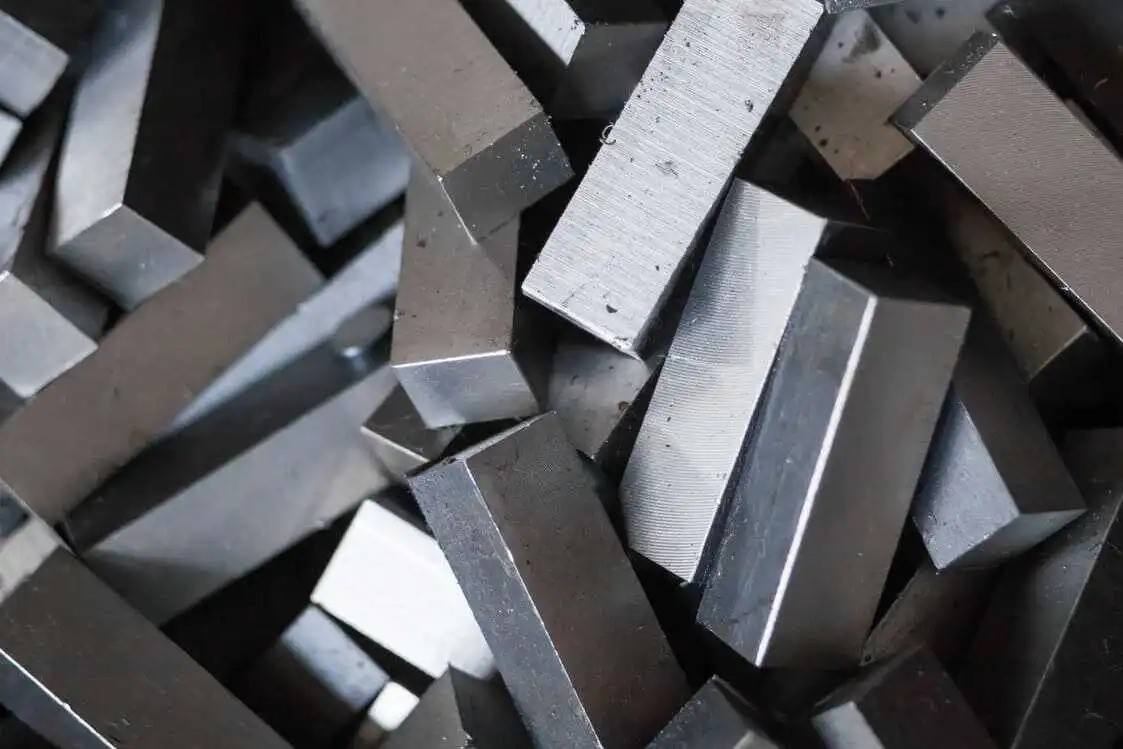If I correctly understand everything so far, & based on what I've seen myself, I'm assuming the place that's stripped is either 1) the metal wrapping the door (a continuous surface above & below the hinge) with or without something behind it, or 2) a notched place in the surface where the hinge fits with a strip of metal behind it where the screws go in.
This idea is a little more invasive, so maybe try some of the other suggestions first.
Cut out the stripped metal to match the footprint of the hinge on the edge of the door. Cut a strip of metal (as thick as you want) to exactly fit the width of the cutout. Make it longer than the cutout by at least a couple of inches in both directions (above & below). You're gonna insert this piece in the cutout with the extra legnth above & below where the hinge goes, but you need to prepare it first.
Drill & tap 4 (or more) holes (2 up, 2 down) sized for screws maybe 1 or 2 sizes larger than the hinge screws. Drill oversized countersink on those holes. Position this piece on the outside surface exactly where it will be inside the door. Mark & drill through holes for the screws.
Devise a way to hold the prepared strip so you won't lose it inside the door-maybe a strip of duct tape around it creating a tab on the front. Insert the strip & fasten with the chosen cone-head screws. If you're really lucky, driving the screws in with a small impact drill will dimple the outside surface into the oversized countersink holes in the prepared strip so the screws are close enough to flush. You might have to persuade those dimples. Maybe take out 1 screw at a time & use a punch or ball peen hammer. You might have to pull the piece out & enlarge the countersinks.
Once this new backing plate is in, mark holes for the hinge, drill & tap for hinge screws. I thought about drilling the hinge holes before inserting the piece, but without the accuracy of a machinist I couldn't be sure they'd line up right.
There are certainly a lot of variables & adjustments when doing the actual work. I tried to lay it out so you could consider if & how it would work in your specific situation.
Because this is long, I'll just stop there. Good luck.
Eddie
Retired installer of lots of stuff





